Fruit moth: varieties and methods of struggle
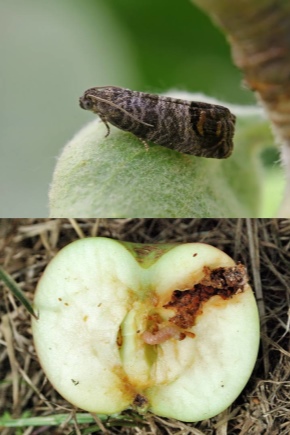
There are many parasites that can seriously harm plants. These include the moth. In today's article, we will find out how the dangerous varieties of moths differ, and also figure out how to deal with them correctly.
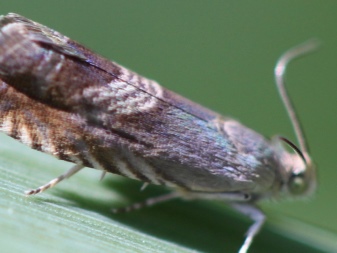

Views
For many years, the annoying moth has been operating in many gardens and vegetable gardens. Many summer residents face this pest. It is necessary to deal with it, having noticed the first signs of sabotage. It is impossible to delay with this, since the moth can cause very great damage to the crop.
There are several varieties of this common pest. Each of them has its own characteristics of behavior, affects various planted crops. The moth can be seen on apples, cherries, plums, currants, peas and other plants.
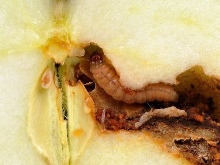


In order to properly deal with the moth, it is advisable to know exactly what type it belongs to.
Pea
The pea moth is also called the pea moth. This name belongs to a butterfly belonging to the family of leaf rollers. Its main targets are usually peas and lentils. The pest actively devours the grains of these crops. The pea moth is especially widespread in Western, Central and Southern Europe up to Asia Minor.
The insect in question feels great at temperatures from +29 to +37 degrees. This is a very prolific pest, so you need to start dealing with it immediately after detection. Especially dangerous are not adults, but their larvae. The size of the latter is usually from 12 to 13 mm. The larvae are green-white and have a honey-yellow head.
If you do not get rid of this insect in a timely manner, then the yield indicators can be very worsened.... In addition, due to the attacks of the pea leaf roll, the market value of the crop decreases, and a decrease in the seed quality of forage crops is noted. Losses of germination can reach 30-40%. Plants emerge from damaged seeds extremely slowly, and then they can get very serious damage due to weevils.
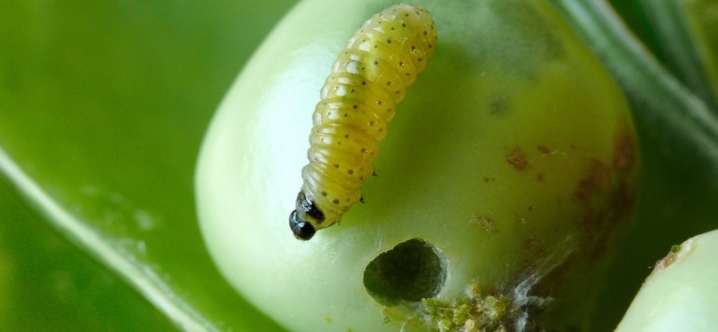
Yablonnaya
Another dangerous pest that primarily affects the fruit of the apple tree. Also, the codling moth can actively eat peach and plum fruits that fall prematurely from trees. Because of this, of course, the percentage of agricultural waste is growing significantly. As in the case of the pea pest, it is the larvae that pose a particular danger to the crop. They can be seen inside damaged fruits. In the people they are called simply worms, and the apples that are affected by them are wormy.
The apple moth is colored gray-brown. She lays eggs of white-green color. The caterpillars of this pest are light pink in color, have a brownish head and characteristic gray warts all over the body. The pest in question can be successfully dealt with. There are many different methods for this. Many gardeners turn to both to agrotechnical techniques and to the use of special chemicals.
If you start to act in time, there is every chance to get rid of this dangerous insect pest.
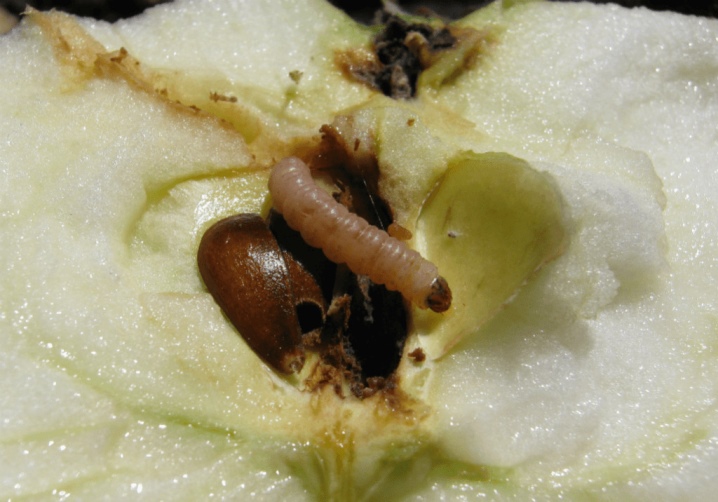
Eastern
Eastern moth is a very dangerous quarantine pest, which actively damages the fruits and shoots of almost all possible fruit crops. For feed, this pest most often chooses exactly peach and pear crops. Often, the eastern moth attacks the quince. In areas where this dangerous insect is widespread, from 50% to 100% of the crop can be destroyed, which is a very large indicator.
The eastern moth looks like a small butterfly, and its wings have an almost rectangular structure. The female of this pest is larger than the male. The larvae of the insects in question are milky white, cream or pale pink in color. If the insect actively attacks the shoots, then the growth of green mass stops noticeably. Those fruits that managed to get serious damage from the eastern moth quickly become completely unusable.
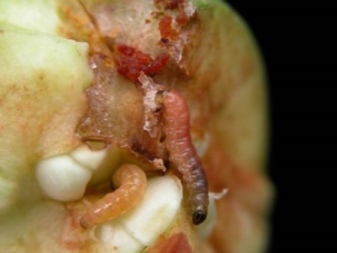
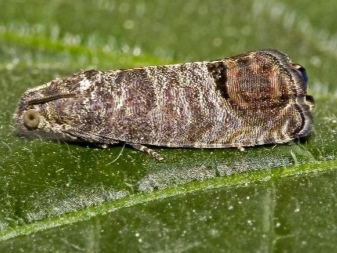
Plum
This type of dangerous pest chooses such crops as plum, blackthorn, peach, cherry plum as fodder. Much less often, the plum moth devours cherry fruits or sweet cherries. The caterpillars of the insect in question eat the pulp of the fruit. They destroy fruits and pollute them with their waste. Affected specimens are characterized by premature maturation. Soon they just fall off the fruit trees.
This pest can also be dealt with in various ways. It can be all sorts of agricultural solutions, and mechanical or chemical methods. It is very important to detect this parasite in time.
It should be borne in mind that plum moth outwardly is very similar to the very dangerous oriental moth... It differs only in a lighter color.
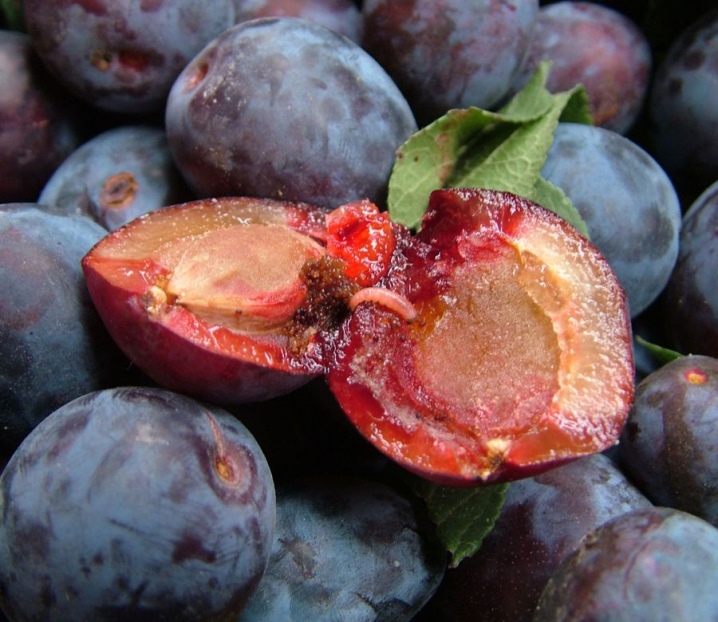
Linen
This pest's favorite "dishes" are fiber flax and oil flax. The flax moth is widespread in all regions where flax is grown. Most of all, it parasitizes in the North-West and Central regions.
The larvae of the flax moth are very dangerous for the harvest. They are accustomed to feeding on the ovary of buds and flowers. The insect in question can also cause very serious damage to yield, so it is imperative to deal with it correctly.

Pear
This type of moth seriously harms cultivated varieties, as well as wild Caucasian and European pears. The specified pest devours exclusively pear fruits. It is the early varieties of the crop that are characterized by the maximum susceptibility to attacks by this insect. The insect is capable of causing great harm to pear fruits even at the stage of a caterpillar. The maximum losses are noted in the steppe and forest-steppe zones. Here, the pear moth can easily hit 80-90% of pears.
These are far from all varieties of the parasite. There are many other types of this dangerous pest. For example, a soy moth or a gooseberry moth can reduce yields.
Any type of such butterfly should be removed from the site as soon as possible, using only highly effective methods.
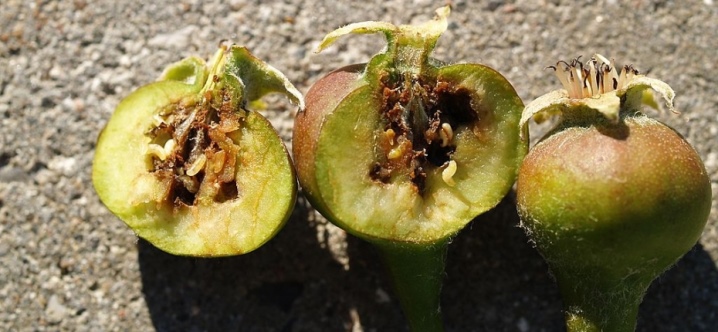
Activity period
In order for the fight against the moth to be effective and bring the desired results, it is very important to know the periods during which the pest is especially active. It is at these moments that it is advisable to carry out all the necessary treatments aimed at combating the moth. Let's learn about the period of activity using the example of a common apple leaf roll.
Butterflies begin to fly and actively lay eggs towards the end of the apple blossom. In just two weeks, the female can lay 40 to 180 eggs. This process occurs exclusively in the evening, starting immediately after sunset. The action continues until midnight. At the same time, the temperature should be kept between +15 degrees Celsius.If you wait for this time interval and take all the necessary measures in a timely manner to frighten the female, then the laying of eggs, as well as the subsequent development of harmful larvae, can be prevented.
If we are talking specifically about the fight against caterpillars, then it makes sense to accurately calculate the moment at which they get out of the eggs. It is required not to allow insects to penetrate directly into the apples. In order to know with maximum accuracy when moths will appear in a certain area, you should start tracking the sums of effective temperature indicators. Let's see how this can be done correctly.
- The first step is to be clear fix the approximate date, when the average temperature value per day exceeds +10 degrees Celsius.
- Based on this date, you will need add up all the values of the most effective temperatures.
- As soon as the total reaches 130 degrees Celsius or more, then the butterfly will fly out.... If the value is 230 degrees or more, then at this moment the caterpillar leaves its egg. It is the second date that will become the start of the period when it will be necessary to especially actively carry out the processing of garden possessions from the attacks of the pest in question.
Absolutely at each of the stages of the parasite's activity, you can resort to appropriate effective measures. To clarify the beginning of summer of pest butterflies, it is permissible to put in the garden a container filled with kvass or fermented jam. At least one of the moths (most likely, it will be a male) will end up in this container anyway.
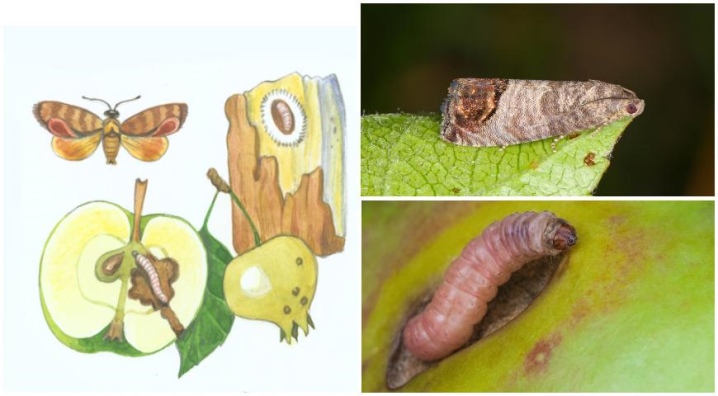
How to fight?
There are many ways to effectively deal with the dangerous moth. You can make an excellent deterrent with your own hands, make an attractive trap, or use special drugs. We will learn about the best methods of control using the example of an apple pest.
Disorientation of females
Over the course of many years of observation, many gardeners were able to find out which flowers and plants actively scare away the moth. These plants manage to get rid of insects, disorienting the females during the laying of eggs (and not only during this period). To get rid of this annoying parasite, it is advisable to plant wormwood or tansy in the near-trunk circle.
Since the summer of butterflies, spraying with the following means popular among gardeners will become a very effective way.
- You can spray trees with a composition of chamomile and wormwood. To prepare such an infusion, it is enough to dilute 1 pharmacy briquette in a bucket of water.
- Pine needles concentrate... To prepare it, you will need to fill a liter jar with coniferous needles, dilute it in 2 water, and then insist this composition for a week. Next, the mixture must be filtered and diluted in a 20-liter barrel.
- Garlic mixture... It is made from garlic, tomato tops, onion skins. All components are filled with water, and then infused for two days. Next, the composition is boiled for 30 minutes and brought to a volume of 10 liters.
These folk remedies demonstrate excellent effectiveness in the fight against the moth.

There are also effective mechanical methods through which it is possible to drive the moth away. It is advisable to start the fight in the autumn season. First, you will definitely need to thoroughly clean and whiten the apple bark. You should also loosen the trunk circle. It is important to carry out a thorough spraying without missing the indicated dates.
If you want to use physical means, then you can use all kinds of baits and fishing belts. Such things can be purchased in a specialized store, or you can make yourself. Let's look at some interesting instructions.
- It is necessary to take 500 g of padanets per 2 liters of water. This mixture will need to be boiled for 30 minutes. Then another 0.5 l of kvass is poured into the composition, 250 g of granulated sugar, 25 g of yeast, 0.5 l of whey are added. The entire solution will need to be placed in a warm place and wait until it ferments.
- You can also prepare 300 g of rye bread crusts, take 3 tbsp. l. granulated sugar, 20 g of yeast. All components should be placed in a 3-liter jar, filled with warm water, and then covered with a woven piece. The composition will need to be left for a couple of days in a warm place. Next, water is necessary, and then pour another liter of fresh liquid into the jar, adding a little more sugar and crusts. Fermented thickets will be an excellent bait for a pest.
- Highly effective apple cider vinegar remedy... You will need to dilute 1 glass of this component in 1.5 liters of water.
The prepared mixture will need to be poured into containers. It is necessary to fill them only by 1/3. Further, these containers should be hung on the crowns in the evening. In the morning it will be possible to catch and destroy the caught butterflies. The traps are placed in the refrigerator until sunset.
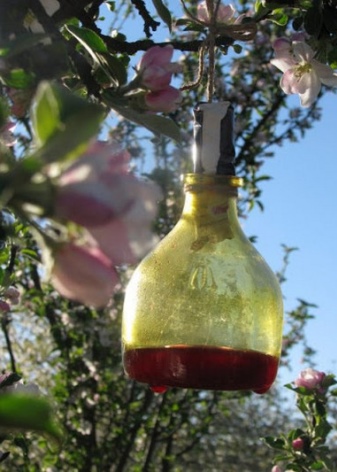

You can drive away the moth using special preparations. For the first time, the apple tree should be treated with them precisely during the period when the caterpillars will still be on the tops of the leaf plates and fruits. In the fight against the parasite in question, the following popular drugs are very effective:
- Karate, Kinmix, Sumi-Alpha;
- Senpai;
- Aktara;
- "Confidor";
- Insegar;
- "Dimilin";
- Fipronil;
- "Aversectin";
- Mospilan;
- Fitoverm.
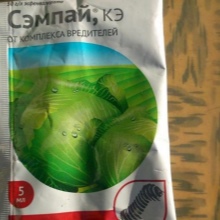


The drug "Mospilan" indicated in the list can get rid of the moth literally an hour after application. An effective protective effect will be enough for another 3 weeks, which is a very good indicator. In addition, the specified drug is not phytotoxic, it is relatively safe for the pollinator. It is not recommended to use outdated drugs with a high level of toxicity. We are talking about products called "Karbofos" or "Inta-Vir".
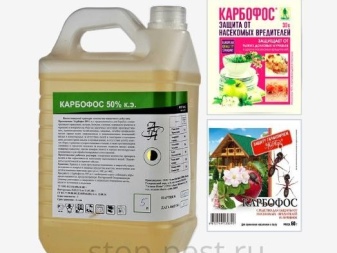

Prevention measures
Despite the fact that there are enough ways to combat the moth, it would be much wiser to not allow it to appear in the garden at all. To this end, it makes sense to turn to simple but effective procedures.
- Necessary timely remove dead bark on fruit tree boles... For example, the moth always hibernates under the loosened bark of plum trees.
- Periodically, you need to prune young shoots on an apple tree, a peach. These are components that show signs of damage.
- According to experienced gardeners, attracting birds can be a good solution to prevent the appearance and attacks of the moth.... First, you need to do the arrangement of bird houses. Feathers must be insectivorous.
- For effective prevention of insect migration from one tree to another during pupation, it is required loosening the soil under the crown every 10 days.
- It is recommended to place pheromone traps in advance, which will attract females with sharp characteristic odors of male pests. Thus, insects will be well trapped. One device is enough for 4 fruit crops.
- It is important to periodically collect and be sure to burn absolutely all the garbage collected in the garden. Fruit that is missing or simply dried out should not be left on the ground directly under trees or on litter. It is not recommended to send them to the compost pit. The only beneficial action is burning these fruits together with garbage.
- It is highly recommended to keep the health of fruit trees under control at all timesthat you grow in your garden. As soon as you notice the first signs of moth attack, you need to take appropriate action immediately. If you neglect this simple rule, then soon you can be left without a large part of the harvest due to your own inattention.
How to deal with the moth, see the video.













The comment was sent successfully.